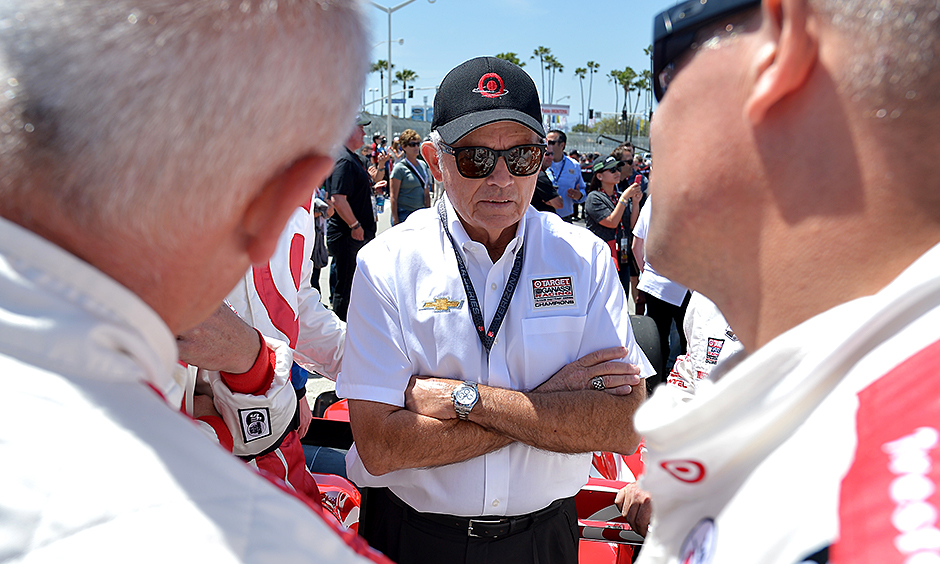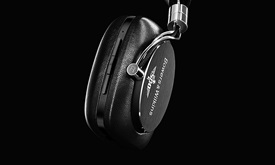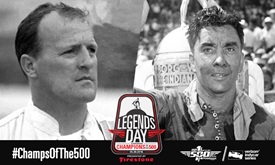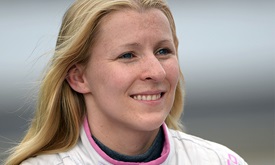INDYCAR Voices: Busy takes on new meaning for teams as May begins
MAY 03, 2016
Mike Hull is the managing director for Chip Ganassi Racing Teams.
There is a lot of preparation going on for all the Verizon IndyCar Series teams, not just at Chip Ganassi Racing. As a team, we just raced at Long Beach and then at Barber back-to-back. That involves quite a bit of logistical integration of people and product just to be successfully competitive. The level of advanced preparation determines outcome.
All of the teams work really hard to have everything in place for those two weeks. On top of that, there's a test (today) at Texas Motor Speedway for most teams. It's not to get ready for Indianapolis, which many think, but to get ready for the Texas race in June. Racetracks change from year to year, so in addition to the 2016 car pieces, teams work to gain maximum advantage with 2016 racetracks.
We're going to Texas with all four cars and two days later we'll be at Iowa Speedway (with driver Scott Dixon) to partner with INDYCAR on trying to establish an aero specification that improves the racing when we go back there in July. There will be a car from each manufacturer there to get input from both Chevrolet and Honda. That is good for everybody. The specification chosen has to suit both.
Obviously we're also working on our road course car for the Angie's List Grand Prix of Indianapolis besides what we consider the most important race of the year – the Indianapolis 500.
The road course portion of Indianapolis is regionally important. It's the same as racing at Mid-Ohio, St Pete or Long Beach. It draws a significant part of the community to watch Indy cars race. It’s an opportunity to broaden our fan base and gives fans in the Midwest an “up-close” chance to watch Indy cars racing wheel to wheel on a road track.
The grand prix ends at about 6 p.m. Saturday (May 14) and we're on the oval at 2 p.m. Monday (May 16); earlier if you have a rookie. Probably 80 percent of the teams will put an oval transmission, suspension and aero on the same car they raced Saturday afternoon. It's very labor intensive to get it done that quickly. Let’s put this into hours: 44 total hours from the end of the GP until Indy cars roll onto the oval. There is meant to be some sleep in that equation!
We get a total of 28 hours of practice time on the oval before qualifying day. Not everybody will use all 28 hours, but they will utilize the time to properly prepare to qualify and race. I think INDYCAR does a really good job managing the track to make sure we're not stymied in the process. They give us free reign with the track, which is nice.
Qualifying is easier to figure out now. Basically, you get yourself into the field on Saturday (May 21) and then nail down your starting position on Sunday (May 22).
Then we get one more practice Monday (May 23) to run on full tanks. I like the fact that Brian Barnhart (INDYCAR vice president of competition, race control) pushed hard for that. The races have been really good the last couple of years and I think that's due to the addition of the full-tank running on that extra practice day.
When people ask how we feel going into the month of May, I say cautiously optimistic. Years ago I was really lucky to work for Jim McGee, one of the great mechanics and race strategists. Jim worked with legendary people like Clint Brawner and George Bignotti, and worked for Penske and Pat Patrick. He was a great mentor for me and still is. His ability to pay forward to the next generation separates him from most.
A long time ago, I asked Jim, "What's the key to Indianapolis?" He said, "Greed is never your friend at Indy."
What that really means is that you have to be cautiously optimistic that what the speedway is giving you on a given day is what it's going to give you. You're not going to be the fastest every day, you're going to have problems, but you have to make decisions based not primarily on your neighbors’ speed on a given day. The winners are cognizant of how you're preparing your race car for race day.
That's what you have to do and that has to be the mindset of every teammate. Searching for the tow to be the fastest every day is a great ping-pong discussion. It often takes your eye off the ball. We like those cardboard checks (for fastest of the day) during the week, but the seven-figure payout on race day is the most important.
You need to peak at the right time at Indy. We try to sharpen our product all the way to race day. We've had decent success doing it that way and that's how we'll approach it again this year.



















